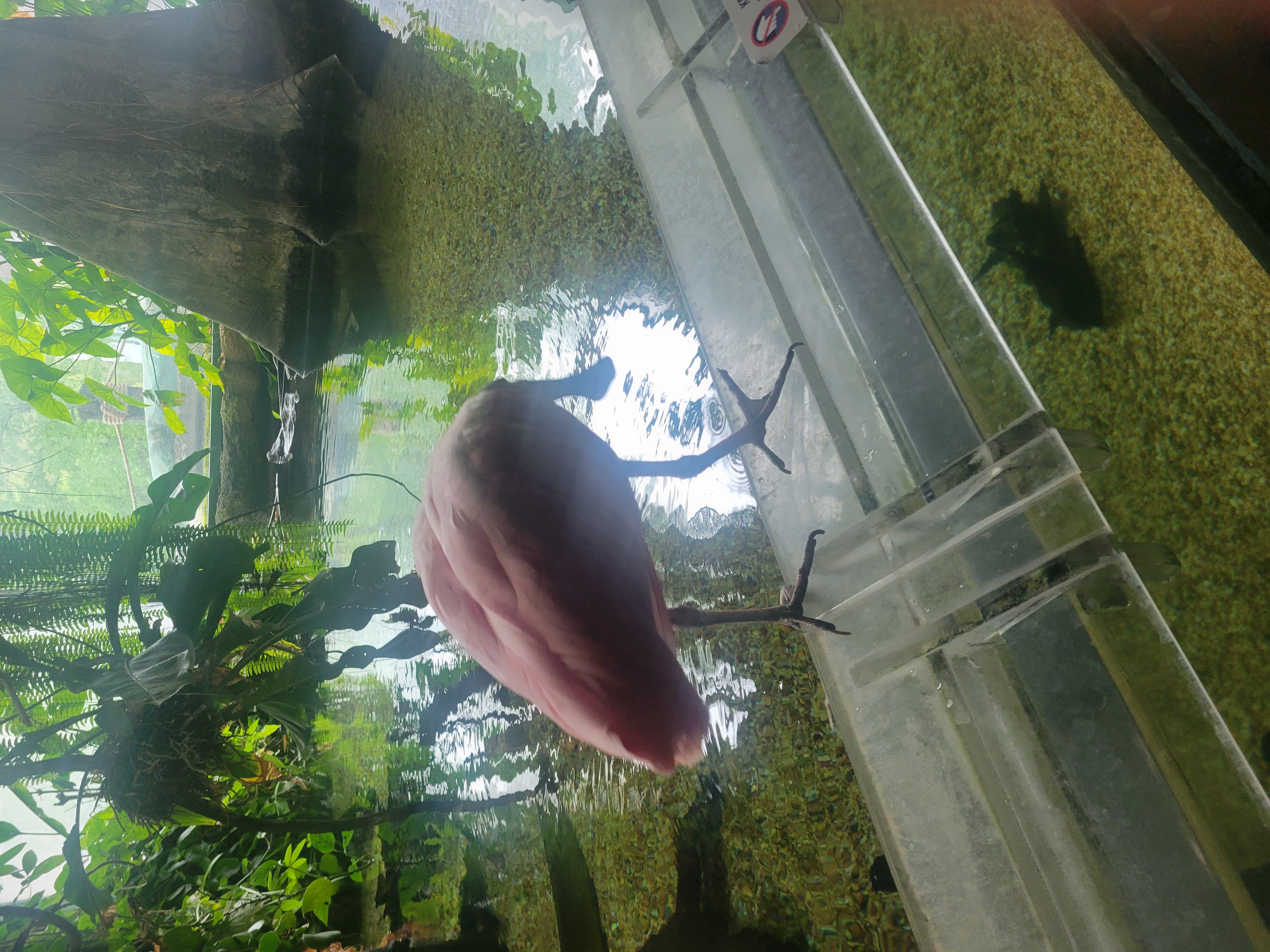Event name: National Zoo Excursion
Event time and place: May 5, 2024 Washington, DC
ZOO BUILDINGS 1: Small Mammal House
I found that the information that was listed for each species in this was the name of the animal, then the scientific name, then there was a picture of the animal, then there was the range and habitat of the animal, and lastly was the diet of the animal. While going through the building four species that were on display were the Prevost squirrel, the Fennec fox, the Rock hyrax, and the Virginia opossum. One display that went beyond simple identifying text on a pane was the building had Interactive questions about bones and I found that they were pretty informative as it was a cool way to learn about the bones of the small mammals. The building looked to be aimed toward Elementary school kids and I found that some adults read the information plaques and/or interactive displays but most of the kids didn't look at it.
ZOO BUILDINGS 2: Reptile Discovery Center
I found that the information that was listed for each species in this building was the name of the animal, then the scientific name, then there was a picture of the animal, then was the range and habitat, and last was a fun fact about the animal. Then the next four species that were on display were the Komodo dragon, the Mangrove snake, the Puff adder, and the Snouted cobra. In this building, there was some display that went beyond simple identifying text on a pane that there were skeletons and bones of reptiles that you could touch and there was a display that showed the organs of snakes and would light up if you touched the button with the organ on it. The building looked to be aimed toward Elementary school kids and I found again that some adults read the information plaques and/or interactive displays but most of the kids didn't look at it.
EDUCATION
One specific example of ways that the Zoo aids in the public understanding of animals and ecosystems is when they have staff or volunteers in some of the buildings to give you information about the animals. We found one in the Amziona exhibit and he was very helpful in showing me the largest fish they had. He let me touch a part of the scales of that fish. He also taught me the name of the bird in the photo I put in. It was a Roseate spoonbill. Another specific example of ways that the Zoo aids in the public understanding of animals and ecosystems was they had the VR Safaris. This is a really helpful thing because it can teach kids about how animal might act in there natural habitat with then not being there. Unforatly I was unable to see it as I think you had to pay for it to go in but it is another cool way to teach the public understanding of animals and ecosystems
ANIMAL MENTAL/EMOTIONAL WELFARE
One specific example where either the physical setting or objects in their environment have been added to provide a more interesting or comfortable place for the animals was in the lemur enclosure that added a waterfall and a large lake to make them seem more at home. This is due to the lemurs in the enclosure being from the rainforest or wetland and by adding the lake and waterfall they are more likely to feel at home as they can associate it with their wildlife. Another specific example where either the physical setting or objects in their environment have been added to provide a more interesting or comfortable place for the animals was in the Amziona exhibit at the end of the building they made it free-roaming. This is really helpful for the animal as they feel less inclosed in the space as they are able to move around freely. This was especially important because they kept bird in there and by letting them roam free helps them not feel traped.



